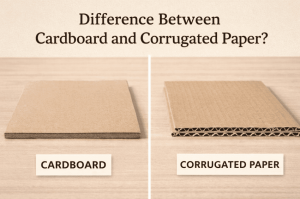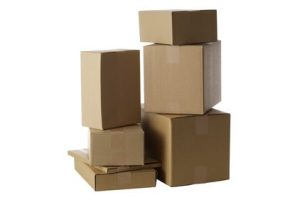For businesses and individuals mailing merchandise to clients, it’s important to ensure that goods arrive as intended. Merchandise that’s been crushed, soiled, battered, or broken will likely be returned, potentially impacting bottom line profits—and maybe even your reputation. By mastering the basics of box packing, you can help deliver a better customer experience to your end user.
Broadly speaking, there are four basic steps when it comes to Box Packing 101. These are:
- Boxing
- Cushioning
- Sealing and
- Labelling
Boxing
The protective outer box works to protect items from becoming damaged or dirty during transport. Corrugated cardboard generally works well to protect non-fragile items while double-wall boxes may be required for heavy or fragile items to prevent crunching or tears. In either case, there should be no holes, tears, or corner dents—and the flaps should be intact.
Cushioning
Fillers like old newspapers, packing peanuts, bubble wrap, and foam work to fill empty spaces and prevent movement that could potentially damage the goods inside the box. Items should be individually wrapped and positioned away from the sides. For fragile items, FedEx recommends a minimum 3″ (8-cm) thickness of air-cellular cushioning material. There should be about 5cm thickness of cushioning on all sides, so the items are snug and secure within a corrugated cardboard box, or any other container.
Sealing
More commonly called taping, it’s important to ensure goods are protected both from theft and damage. Nothing good will result if a package of electronics or even a food box springs open mid-delivery. That’s why it’s important to use an appropriate sealant. For most boxes, a 60lb pressure-sensitive plastic tape is what’s recommended. In some cases, it may be possible to use a water-activated reinforced tape, but make sure it’s at least 5cm wide.
Labelling
This is the final step. All delivery information should be on the outside of the box, including an address for the recipient—and the sender. Make sure any old addresses are removed or crossed out. Additionally, make sure all labels and packing slips are facing the same direction on the same side of the package. For boxes, with fragile contents, the position of the label will often determine how the box is handled (i.e. this end up only).
A few thoughtful steps can significantly increase the odds that your package will arrive as intended. For additional tips, don’t be afraid to contact your shipper and ask for advice. To learn more about the different boxes available for shipping, contact Racer Boxes at (604) 270–8205 or racerboxes@gmail.com.





Recent Comments